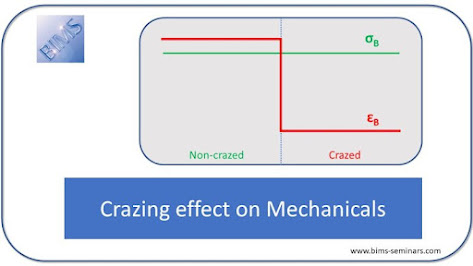Today's KNOWLEDGE Share: Runaway Polymerisation

Today's KNOWLEDGE Share: Runaway Polymerisation Polymerisation is a chemical reaction, or process in which a monomer or a mixture of monomers is converted into a polymer such as polystyrene. Styrene polymerises slowly at normal ambient temperatures but very rapidly at elevated temperatures. It can be accelerated by heat, the lack of dissolved oxygen, the lack of a polymerisation inhibitor, and when contaminated by oxidising agents and most halides. The polymerisation process is exothermic and, if the resulting heat is not removed, the bulk styrene temperature may rise to a level at which polymerisation is self-sustaining and very rapid. This is referred to as ‘runaway polymerisation’ and will usually be initiated by temperatures above 65°C. During a runaway polymerisation, the cargo will expand causing pressure to increase to the point that vapour is released from tank vents or p/v valves. In some cases, the resulting build-up of pressure is sufficient to rupture the tank. Case Stu...





